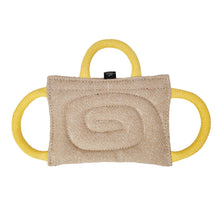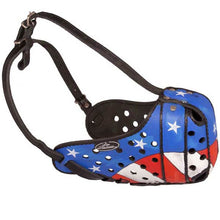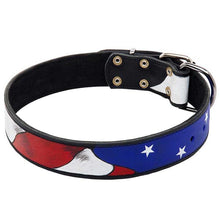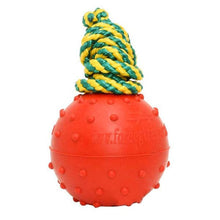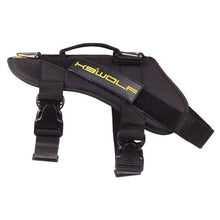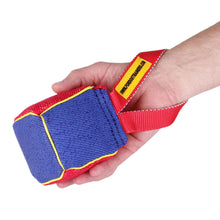How To Transition A German Shepherd Rescue Into Your Home
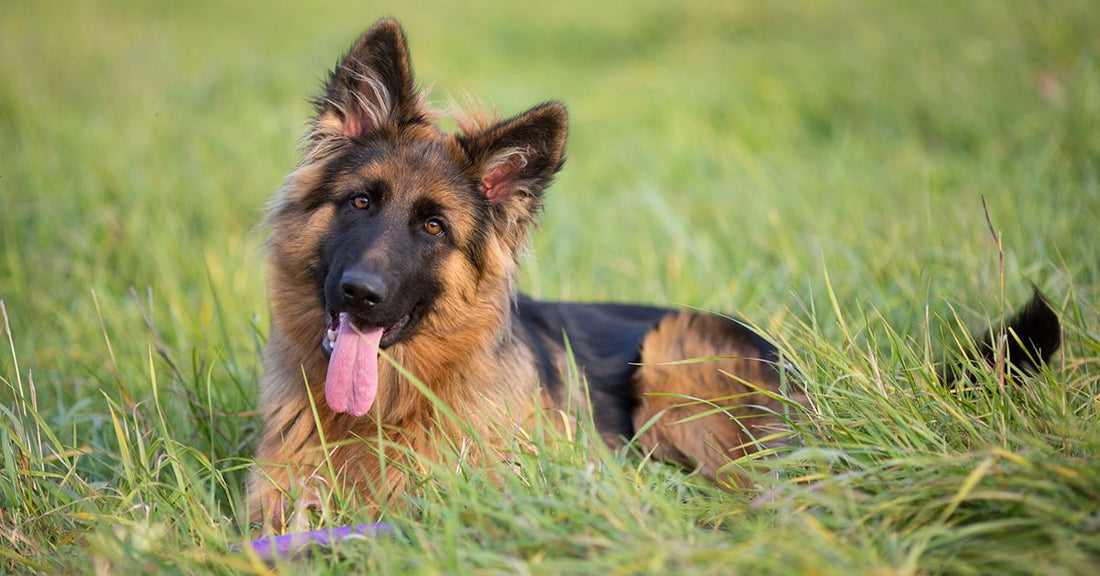
When you rescue a dog, you’re saving a life. The dogs seem to know that they’ve been saved and repay their owners by giving them a lifetime of love. There’s no greater gift and many rescuers claim that their dog saved them, too.
Rescuing a German shepherd is very rewarding. These very smart dogs don’t do well in shelters and will often shut down or become anxious. Once adopted, they often understand that they’ve been given a new beginning.
Since they’re so intelligent, they also seem to intuitively know that their new adoptive family has saved them from the scary sights and sounds of the shelter. However, they are also very sensitive to change and may be stressed or traumatized by their recent experiences.
Since they are so devoted to their people, it may take them some time to adjust to a new family after losing the only home they once knew. However, once settled into their new home, they will develop beautiful bonds with their new family.
German shepherds need time to transition from the shelter to their new forever home. But once they do, they will soon get into the groove of a new routine as they get to know and trust their new family.
Transitioning a German Shepherd into Your Home
One of the most important things to know is that there will be a transition period. The dog you take home will need help to become a comfortable, happy, trusting dog again. This transition time is a period of decompression.
Dogs leaving the shelter need time to decompress from the stress. Some may have even been neglected or abused and need extra time to recover. By providing a safe, quiet home, and a regular routine, you can help the dog transition. This transition time can take two weeks or longer, depending on the dog.
Understanding that dogs need this time to adjust, helps new owners set their expectations. The dog that first enters your home that seems insecure, anxious, or has a lot of nervous energy, won’t be the same dog after they begin to settle in and get comfortable.
How to Prepare for your Rescue
Preparing your home ahead of time will allow you more time to spend with the dog and also make it easier to establish a routine from the get go.
Before the dog arrives:
- Learn about this breed to ensure it’s a right fit.
- Dog proof your home as you would for a new puppy.
- Buy some of their current food, if possible. In not, a sensitive stomach food can help the transition.
- Schedule a vet visit and if the dog takes medication or supplements, make sure you have it on hand.
- Buy collars, leash, harness, durable chew toys, dog bed, dishes, and high value training treats.
- Decide where you will feed the new dog, preferably a quiet place away from other pets, at least initially.
- Provide them with their own fresh water inside and outdoors.
- Provide a large dog crate to give the dog their own space and also contain the dog while you learn how they behave indoors.
- Decide where the dog will sleep.
- To avoid guarding or possessive behaviors from developing, don’t let the dog sleep with their new humans or feed bones or other high value items until the dog settles in and learns to listen to you.
When the dog arrives:
- Set the dog up for success by establishing trust and boundaries as soon as the dog arrives.
- Go for a walk around the neighborhood to help the dog burn off excess energy and relax (some shelter dogs are locked up for long periods and the dog may be super excited). This will also be your initial bonding time.
- Try to encourage the dog to eliminate on the walk to help prevent indoor accidents but don’t stress if they don’t go. Big praise if they do go-your first training session together.
- Initially keep the dog leashed indoors (helps the dog to continue to feel safe and is an extension of the trust that started being built on your neighborhood walk) until you see how they act. The leash helps them feel secure while you set the pace for their first exploration in your home. It will also help you identify any triggers or fears to household objects that they might have.
- Begin to potty train by leading the leashed dog to where you want it to relieve itself. When it does, give lots of praise and treats. Even if its housetrained, expect some accidents.
- Begin simple, low pressure training when the dog arrives such as waiting for meals to be set on the floor or having the dog sit before going outside.
Family Introduction Tips:
- The dog will probably be very stimulated so it’s okay if they don’t meet everyone at once.
- While the family is seated, allow the leashed dog to approach and greet people rather than people approaching the dog. The dog may be excited to see someone they met previously at the shelter and gravitate toward people more familiar.
- Allow the dog plenty of time to sniff everyone and go from person to person.
- When the dog is comfortable and relaxed, family members can begin petting the dog under the chin since over the head pets and reaches can startle under socialized dogs.
- While you’re getting to know the dog, leash it when expecting visitors to ensure introductions are a safe experience for both the dog and the new person.
When to Unleash the Dog
- Once the dog has been shown the home and potty area and has met and is comfortable with everyone in the family, try dropping the leash to allow the dog to explore.
- If the dog has fear or triggers, try to remove the triggers until the dog gets more comfortable and confident.
- It’s okay to leave the dog leashed for a few days as if they seem nervous with their new routine and people coming and going.
- Once you and the dog are comfortable with the pup walking around the house with people coming and going, the leash can come off.
- You may want to leave it on if still being used to potty training, especially puppies.
Feeding Tips:
- Give the dog a quiet place to eat away from people and other pets.
- Gradually test how the dog tolerates people approaching during mealtimes.
- Reserve some food back to handfeed as treats.
- To prevent resource guarding after you are comfortable with the dog, hand feed from the dog bowl so they get used to you handling their food.
Introducing the Dog to Other Pets:
- If possible, have the dog and cat tested.
- Some shelters or rescues will help introduce dogs at neutral locations so get help if you need it.
- When introducing new dogs, get someone to help walk them separately at a neutral location.
- Once you see the dogs are comfortable within eye sight of each other, walk them closer together.
- If the dogs seem unreactive walking past each other, walk them together.
- Once they can be walked together, initially keep them separate at home.
- Slowly while leashed, allow them to meet indoors and outdoors or with one behind a fence.
- Use caution when bringing a German shepherd into a home with cats that may run and trigger prey drive.
Crate Training
- Provide a crate that gives a new dog a safe place to retreat and rest, it’s never a punishment tool.
- Since crates can be comforting to anxious dogs, rescued dogs often enjoy them especially when there is a comfy bed and chew toy inside.
- The crate will also give you a safe and comfortable place to put the dog when you can’t have eyes on them during the initial decompression period and while you learn how the new dog acts indoors.
- Leaving the crate door open during the day so the dog can come and go helps provide the dog with a sense of security.
When to Start Playing with the New Dog
- Wait a couple weeks before introducing balls and other exciting toys to prevent the dog from getting overly stimulated or becoming possessive during the decompression period.
- The goal here is to have the dog in a mental place where it listens to you and is comfortable before adding lots of stimulation that could encourage resource guarding or play biting and jumping.
- If the dog tries to engage you in play, gets the zoomies, bows to you, etc., start play by offering durable chew toys, food puzzles, go for walks, car rides, etc. and if the dog handles all that, then start adding fetch games.
- The bottom line, once the dog is settled in and knows you are the pack leader, and that it has to share its toys, you can begin playing games.
We hope these tips ease the transition from the shelter to your home. If you need help, most shelters and rescues have experienced people to offer lots of advice. Talking to other people that have rescued German Shepherds is also helpful.
Please feel free to share.
You may also like: 29 Essential Training Commands To Teach Your German Shepherd









